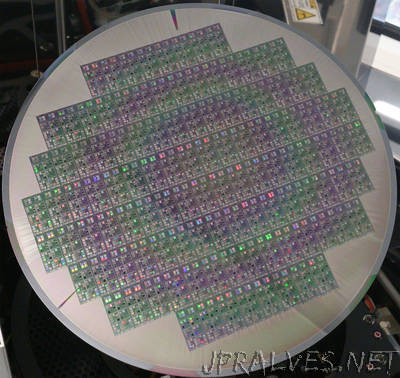
“Heat is one of the worst enemies of electronics. It can disrupt functionality and cause electronic components to age more quickly, or even destroy them. Now Fraunhofer researchers have developed a capacitor that can withstand temperatures of up to 300 degrees Celsius. They did so by using an innovative mix of materials – and a special 3D trick. Heat, dust and moisture damage electronic components. Protecting against dust and moisture is fairly straightforward, but heat remains a problem because it is created within the component itself. Anywhere electricity flows, heat is generated as well. There is not always enough space in the electronic component to draw away the waste heat with cooling fins or ventilators. Devices that operate in a hot environment pose an even bigger problem. For example, a drill bit in the oil industry rotates at high speeds thousands of meters below the surface, generating temperatures of up to 250 degrees – not to mention the enormous mechanical load on the electronic components. Fortunately, the Fraunhofer Institute for Microelectronic Circuits and Systems IMS has a solution to this problem: a capacitor that can withstand temperatures of up to 300 degrees. By comparison, conventional electronics can cope with temperatures only up to 125 degrees. Capacitors store charge carriers and are among the most frequently used passive structural elements in electronics. The design of a capacitor is simple: it has two conducting plates, which function as the plus and minus electrodes, separated by an insulating layer called the dielectric. Dorothee Dietz, a scientist at Fraunhofer IMS, and her team were able to improve the capacitor’s heat resistance by using an innovative mix of materials and several design tricks.”
